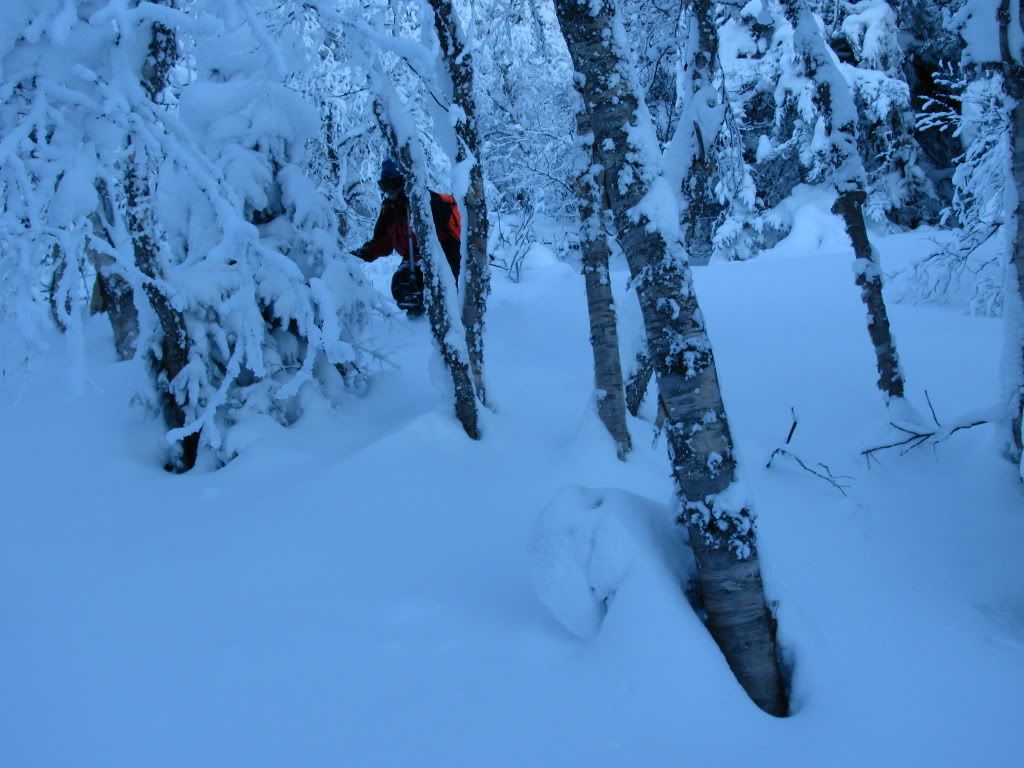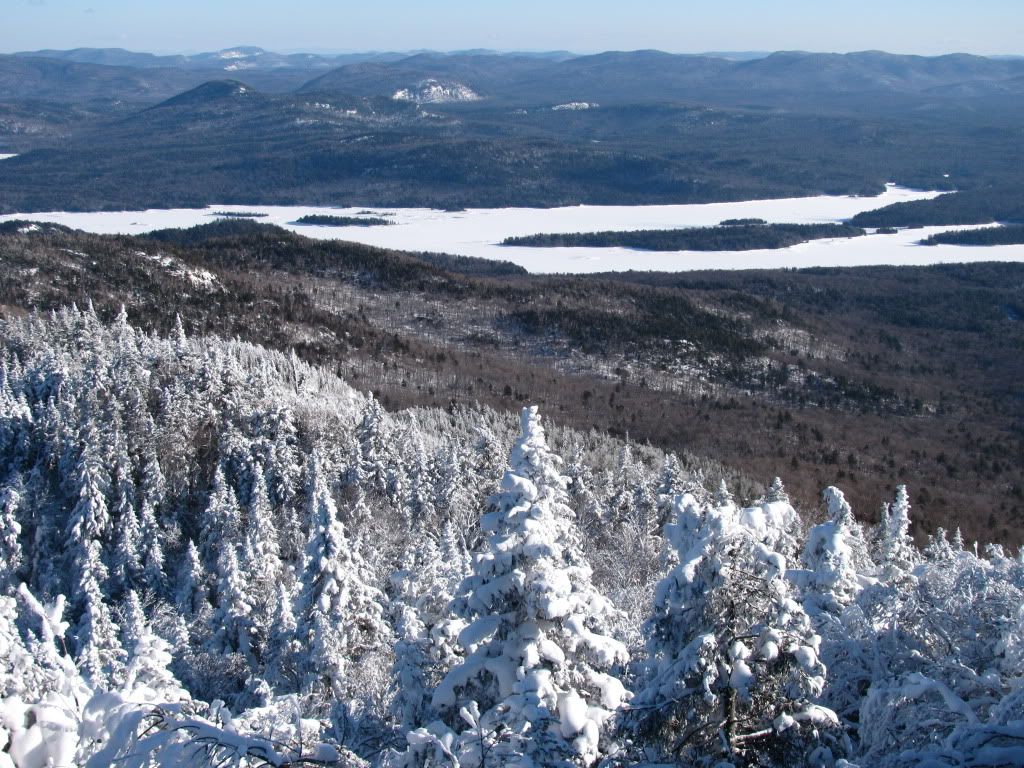If searchability is the reason threads are broken out...somewhere around here:
this thread should be broken out and called whatever Tony thinks. (I think Tony's really good at coming up with new thread titles.) The posts in here...especially Scott's and Jspin's input....I can see wanting to find again. =D> I may post it on my blog to make it easier on me. :-D
Harvey44":1t1anhau said:....The Greens have the hot setup...a north to south running spine. Still I never understood how the Greens can pull more snow out of it after it's passed over the Adks. Lake Champlain? Seems unlikely...but something's happening. Would love to hear opinions or facts on this one.
this thread should be broken out and called whatever Tony thinks. (I think Tony's really good at coming up with new thread titles.) The posts in here...especially Scott's and Jspin's input....I can see wanting to find again. =D> I may post it on my blog to make it easier on me. :-D
 Perhaps Harvey should get a special
Perhaps Harvey should get a special  award. The relocate topic was already a split from a previous Gore expansion topic.
award. The relocate topic was already a split from a previous Gore expansion topic.




